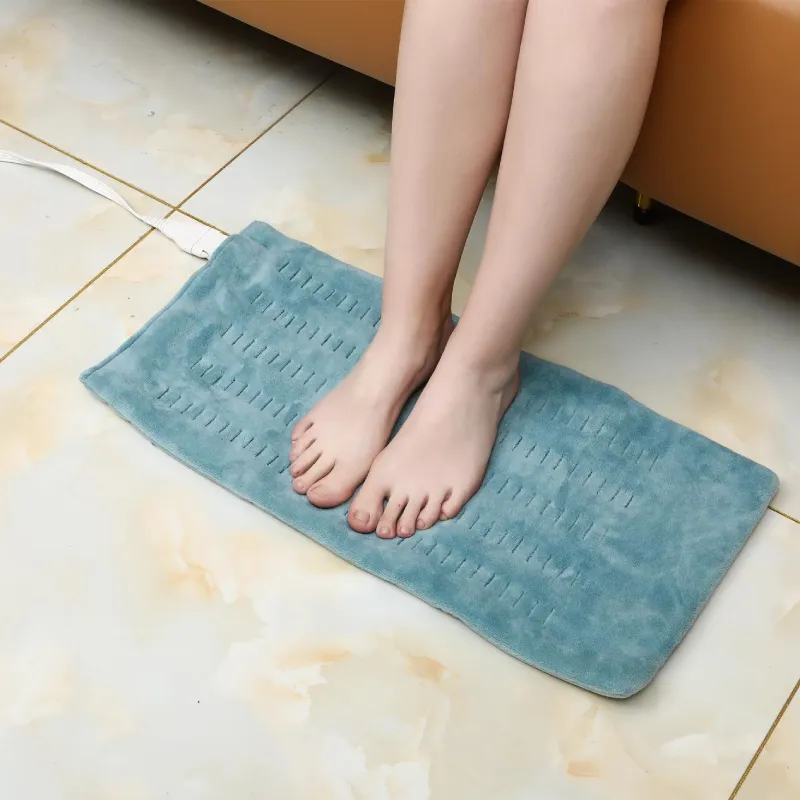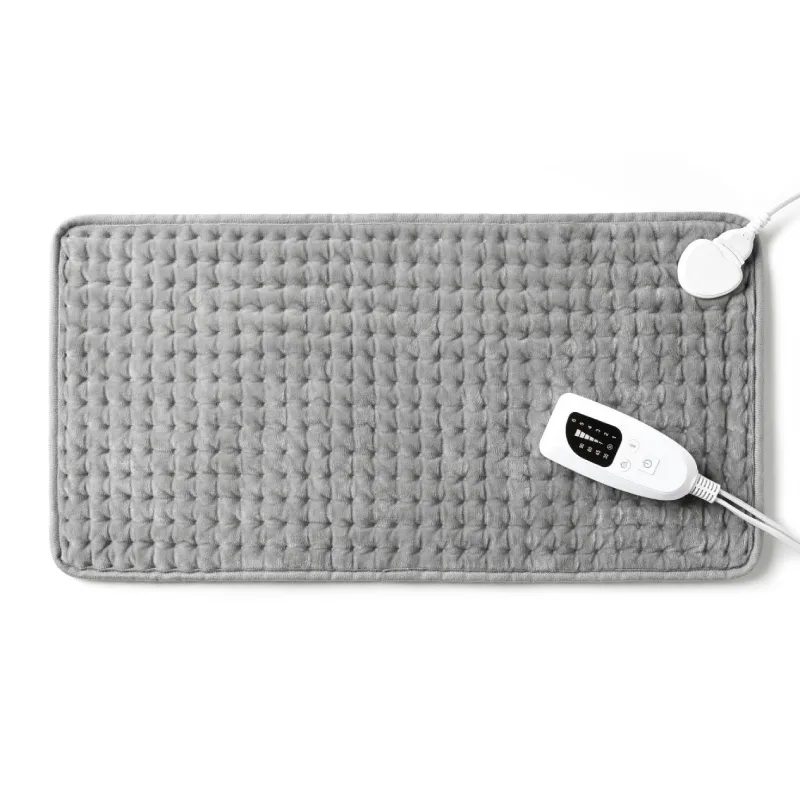
Dec . 20, 2024 04:43 Back to list
electric blanket kwh
Understanding Electric Blankets and Their Energy Consumption
As the chill of winter settles in, many people turn to electric blankets for warmth and comfort. However, understanding the energy consumption of these cozy companions is vital not only for your wallet but also for environmental considerations. This article will explore how electric blankets utilize kilowatt-hours (kWh), helping you make informed decisions about their use.
What is an Electric Blanket?
An electric blanket is a type of blanket that has integrated electrical heating elements. These blankets typically plug into a standard electrical outlet and allow users to control the level of warmth they desire. They can be used for additional warmth during sleep or while resting on the couch.
How Does Energy Consumption Work?
Electric blankets are rated by wattage, which indicates how much power they consume. For instance, a typical electric blanket may consume between 50 to 200 watts, depending on its design and settings. To understand how this translates to energy consumption, it's important to consider how energy use is measured—specifically in kilowatt-hours (kWh).
A kWh is defined as the amount of energy consumed if you use one kilowatt (1,000 watts) for one hour. Therefore, if you have a 100-watt electric blanket running for 8 hours, your energy consumption would be
(100 watts / 1,000) x 8 hours = 0.8 kWh
Cost Implications
To determine the cost associated with using an electric blanket, you can multiply the energy consumption in kWh by the cost per kWh charged by your utility company. For example, if your local electricity rate is $0.12 per kWh, using a 100-watt blanket for 8 hours would cost
0.8 kWh x $0.12 = $0.096
electric blanket kwh

This means you would spend around $0.10 for a night of cozy warmth, making it a relatively inexpensive heating option compared to space heaters or central heating.
Energy Efficiency and Usage Tips
While electric blankets are generally energy-efficient, it’s essential to use them wisely. Here are a few tips to maximize comfort while minimizing energy consumption
1. Preheat Your Bed Use the electric blanket for a short period before you go to bed. Preheating your bedding for 30 minutes to an hour can provide warmth without needing to run the blanket all night.
2. Lower Settings Many modern electric blankets have multiple heat settings. Consider using a lower setting, which will both save energy and keep you comfortable without overheating.
3. Use with Other Blankets Electric blankets can be combined with other blankets or comforters. This allows you to turn down the heat setting, thus reducing power consumption while still staying warm.
4. Opt for a Timer Some electric blankets come with timers that automatically turn off after a certain period. This feature can prevent unnecessary energy use while you sleep.
The Environmental Impact
Using electric blankets thoughtfully can also contribute positively to environmental conservation efforts. By relying on a smaller amount of energy for heating compared to larger heating systems, you can reduce your overall energy consumption, thereby lowering your carbon footprint.
Conclusion
Understanding the kilowatt-hour usage of electric blankets allows individuals to enjoy their benefits while being conscious of energy consumption and costs. With a bit of awareness and strategic use, electric blankets can provide cozy warmth without putting a significant strain on your wallet or the environment. As winter approaches, consider making electric blankets a part of your home heating strategy—comfortably and efficiently.
-
Innovations and Applications of Modern Electric Heating Blankets
Jul.07,2025
-
Innovations and Applications of Electric Fleece Blanket Systems
Jul.07,2025
-
Functional and Cozy Solutions for Personalized Warmth
Jul.07,2025
-
Essential Comfort and Warmth Solutions: Heated Blanket Variants
Jul.07,2025
-
Enhancing Coziness with Warmth - Centric Blanket Solutions
Jul.07,2025
-
Enhancing Comfort and Warmth: Electric Blanket Solutions
Jul.07,2025
Realted Products



